SpaceX awaits FAA approval for Starship launch
Thursday, 07 September 2023 09:57 Elon Musk said Tuesday that SpaceX is ready to launch a second test flight of its Starship and awaits Federal Aviation Administration approval nearly five months after the first test in Texas exploded over the Gulf of Mexico.
The updated Starship, the most powerful rocket ever built, was rolled out to the launching pad where it will wait for FAA approval before setting a new date for li
Elon Musk said Tuesday that SpaceX is ready to launch a second test flight of its Starship and awaits Federal Aviation Administration approval nearly five months after the first test in Texas exploded over the Gulf of Mexico.
The updated Starship, the most powerful rocket ever built, was rolled out to the launching pad where it will wait for FAA approval before setting a new date for li Terran Orbital announces plan to speed up satellite production
Thursday, 07 September 2023 09:30

Sławosz Uznański from Poland to train as a project astronaut at the European Astronaut Centre
Thursday, 07 September 2023 07:51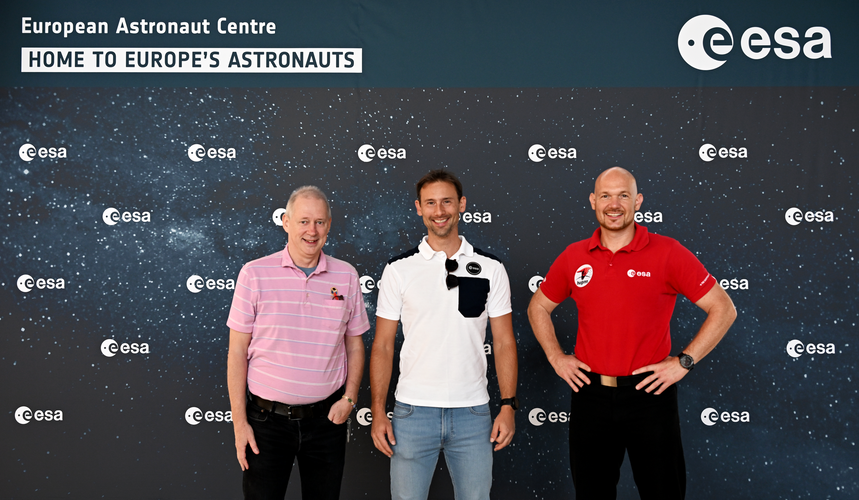
As of 1 September 2023, Sławosz Uznański joined ESA as a project astronaut anticipating flying on a future space mission.
Across the Northern Hemisphere, now's the time to catch a new comet before it vanishes for 400 years
Thursday, 07 September 2023 07:11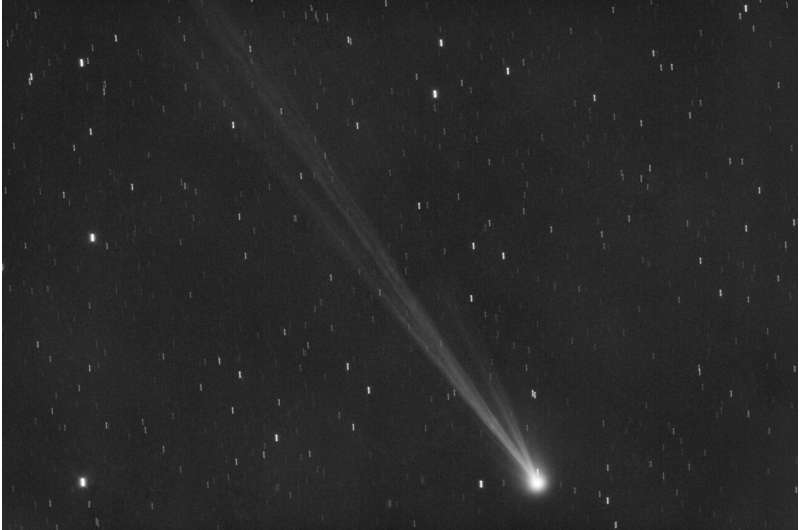
A newly discovered comet is swinging through our cosmic neighborhood for the first time in more than 400 years.
Japan launches rocket carrying lunar lander and X-ray telescope to explore origins of universe
Thursday, 07 September 2023 06:56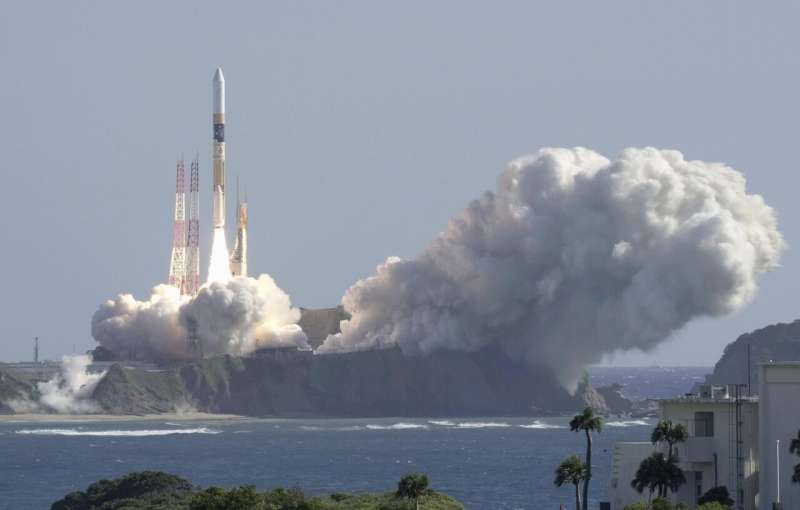
Japan launched a rocket Thursday carrying an X-ray telescope that will explore the origins of the universe as well as a small lunar lander.
The launch of the HII-A rocket from Tanegashima Space Center in southwestern Japan was shown on live video by the Japan Aerospace Exploration Agency, known as JAXA.
"We have a liftoff," the narrator at JAXA said as the rocket flew up in a burst of smoke then flew over the Pacific.
Thirteen minutes after the launch, the rocket put into orbit around Earth a satellite called the X-Ray Imaging and Spectroscopy Mission, or XRISM, which will measure the speed and makeup of what lies between galaxies.
Lightning in a camera – from above
Thursday, 07 September 2023 06:30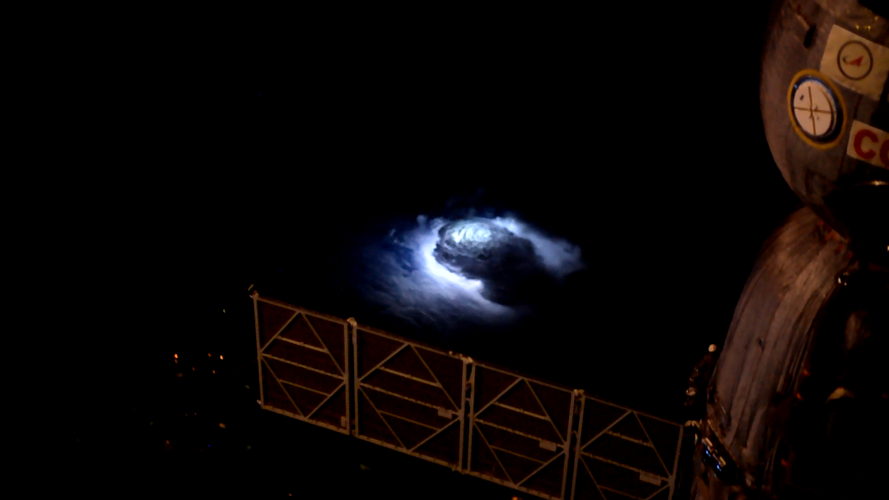
ESA astronaut Andreas Mogensen will film thunderstorms and lightning shooting up towards space as part of the climate science of the Huginn mission.
X-ray mission lifts off to study high-energy Universe
Thursday, 07 September 2023 06:00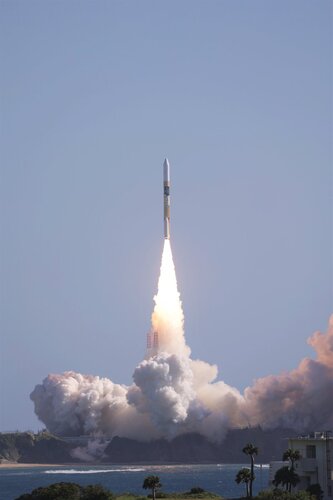 Image:
X-ray mission lifts off to study high-energy Universe
Image:
X-ray mission lifts off to study high-energy Universe Pentagon’s new plan to counter China includes swarms of smart satellites
Wednesday, 06 September 2023 21:14

NASA's PACE spacecraft successfully completes key environmental test
Wednesday, 06 September 2023 20:05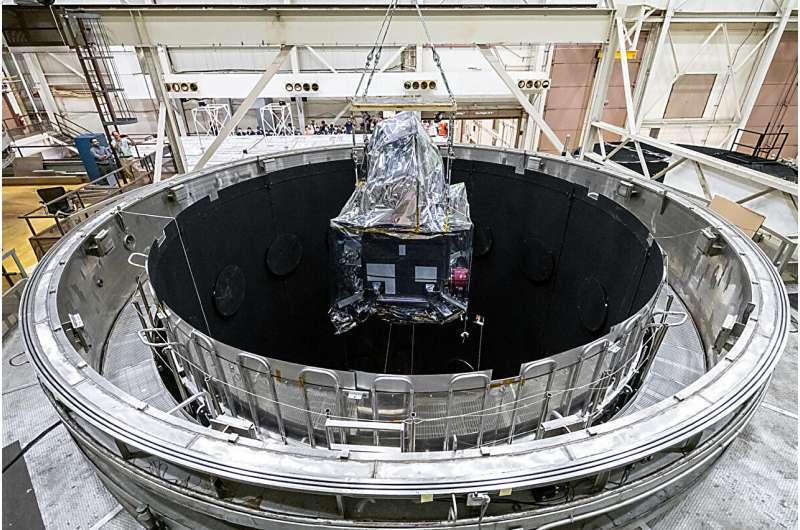
Consider it the "mother of all tests."
This summer, the PACE spacecraft (short for Plankton, Aerosol, Cloud, ocean Ecosystem) completed a critical phase of its launch journey: the thermal vacuum test (TVAC), where it was subjected to extreme temperatures and pressures in a specialized chamber at NASA's Goddard Space Flight Center in Greenbelt, Maryland.
The objective? To verify the performance of the satellite once it's launched and operational.
"This is the best way to simulate what PACE will experience in space," said Craig Stevens, spacecraft systems lead.
Examining the effect of different geometric porosities on aerodynamic characteristics of supersonic parachutes
Wednesday, 06 September 2023 19:40
The safe landing of the probe is one of the most difficult challenges in Mars exploration, and the Mars supersonic parachute is extremely important for this process. To date, all the successful Mars exploration missions have used disk-gap-band (DGB) parachutes. However, the DGB parachute with the highest diameter of 21.35 m cannot be further used for future Mars exploration missions with higher loads.
Next-generation supersonic parachutes conducted by NASA, such as disksail parachutes, are alternatives to DGB parachutes. Disksail parachutes have larger porous gaps and smaller porous seams on the canopy surface than DGB parachutes. However, there are few studies on the aerodynamic characteristics of supersonic parachutes with different geometric porosity structures and locations.
Hence, the influence mechanism of porous seams or gaps and their locations on the performance of supersonic parachute systems in Martian atmospheric conditions remains unclear.
NASA's oxygen-generating experiment MOXIE completes Mars mission
Wednesday, 06 September 2023 19:20
When the first astronauts land on Mars, they may have the descendants of a microwave-oven-size device to thank for the air they breathe and the rocket propellant that gets them home. That device, called MOXIE (Mars Oxygen In-Situ Resource Utilization Experiment), has generated oxygen for the 16th and final time aboard NASA's Perseverance rover.


 Image:
Artificial star
Image:
Artificial star 




